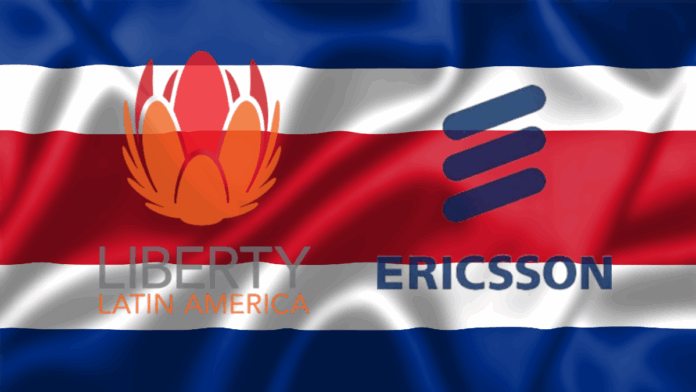The six‑year contract equips Costa Rica with fully native 5G infrastructure, supported by Ericsson’s dual-mode 5G Core and RAN technologies
Ericsson and Liberty Latin America have partnered to launch Costa Rica — and Central America’s — first 5G Standalone (5G SA) mobile network, marking a major step in the region’s digital transformation. The six‑year contract equips Costa Rica with fully native 5G infrastructure, supported by Ericsson’s dual-mode 5G Core and RAN technologies, such as the Massive MIMO TDD radio AIR 3255, millimeter wave AIR 5322 and single-band Radio 4432.
Covering the entire national territory with more than 1,400 sites, the network will serve 3.7 million subscribers, offering faster speeds, lower latency and improved reliability. It also enhanced Fixed Wireless Access (FWA) capabilities, delivering high-speed internet in areas lacking fiber or cable.
“This network is designed not only to massively scale and support the expected growth of IoT devices but also to enhance other critical service areas,” the vendor stated. “Beyond IoT, the 5G SA network significantly improves the mobile broadband (MBB) experience by providing faster speeds, lower latency and more reliable connections for consumers and businesses alike”
Ericsson also noted that the rollout supports sectors like healthcare, agriculture, tourism, manufacturing and ports, enabling real-time data processing, automation, and enhanced network programmability through AI, network slicing and APIs.
Liberty’s Senior VP for Central and South America, Guillermo Ponce, said the launch “reinforces our commitment to offer Costa Ricans the best experience with state-of-the-art technology… boosting economic growth thanks to new technological solutions.”
Ericsson’s Sean Cryan, head of LATAM North and Caribbean, added that the deployment propels economic innovation and user experience improvements, while reinforcing network reliability.
Ericsson cited a 2022 joint study with Analysys Mason, which found that 5G adoption in emerging markets like Costa Rica could boost GDP by 0.3–0.46% by 2035, underscoring the broader economic value of next-generation connectivity.
Globally, 5G SA momentum continues to build. As of April 2025, the GSA found that 163 operators across 65 countries are investing in public 5G SA networks, up from 154 at the end of last year, with 73 operators in 39 countries having launched or soft-launched services.
GSA further identified 101 organizations globally piloting or deploying private 5G SA networks, in sectors such as manufacturing, research and transportation. And the number of 5G SA-capable devices rose to 2,334 announced, up 34% since March 2024, with 2,102 commercially available.
In his remarks to investors and media yesterday, Ericsson CEO Börje Ekholm confirmed that 5G SA interest is strong: “We’re seeing new use cases to monetize network investments taking shape — FWA, defense, mission-critical [and] enterprise applications. Many enterprise use cases are now moving from proof of concepts into real industrial deployments.”

